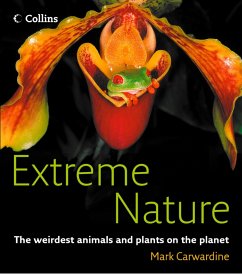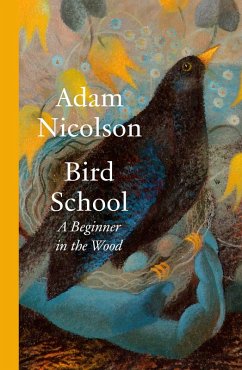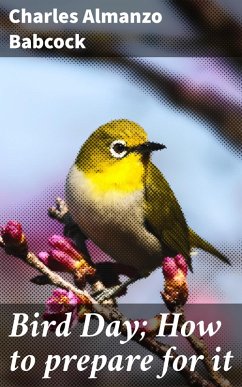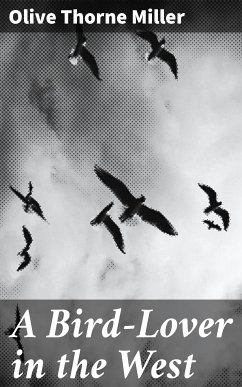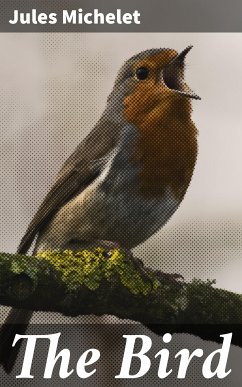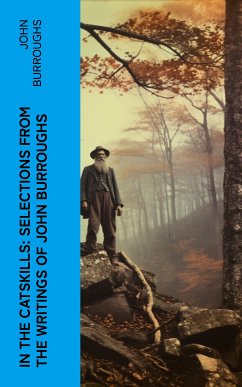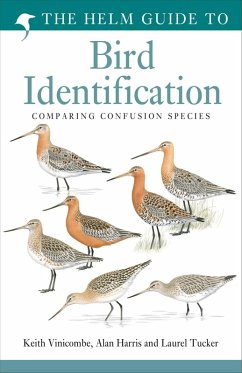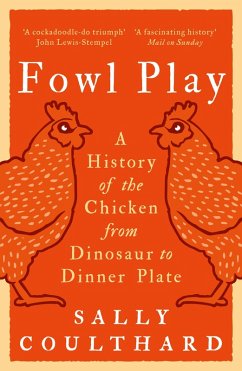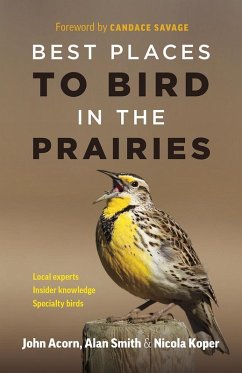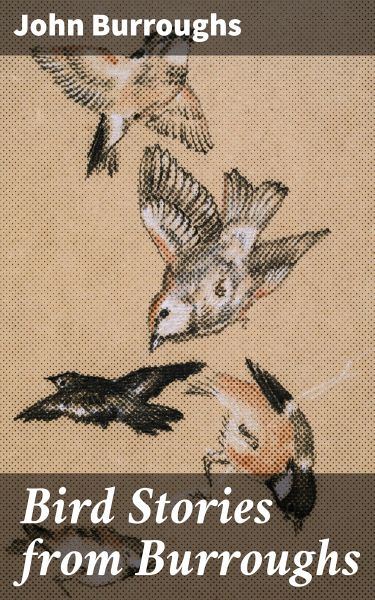
Bird Stories from Burroughs (eBook, ePUB)
Sketches of Bird Life Taken from the Works of John Burroughs

PAYBACK Punkte
0 °P sammeln!
In "Bird Stories from Burroughs," John Burroughs artfully intertwines personal narrative with keen natural observation to deliver a series of vignettes that celebrate the beauty and complexity of avian life. Written in a lyrical prose that reflects both his reverence for nature and his philosophical musings, Burroughs invites readers into a world where birds are not merely subjects of study, but fellow inhabitants of the earth with whom we share a profound connection. The book is situated within the broader context of the 19th-century American nature writing movement, characterized by a growin...
In "Bird Stories from Burroughs," John Burroughs artfully intertwines personal narrative with keen natural observation to deliver a series of vignettes that celebrate the beauty and complexity of avian life. Written in a lyrical prose that reflects both his reverence for nature and his philosophical musings, Burroughs invites readers into a world where birds are not merely subjects of study, but fellow inhabitants of the earth with whom we share a profound connection. The book is situated within the broader context of the 19th-century American nature writing movement, characterized by a growing awareness of the environment and a desire to observe and preserve the wilderness. John Burroughs, a prominent figure in American literature and a contemporary of notable naturalists such as John Muir and Ralph Waldo Emerson, was deeply influenced by the transcendentalist movement and his own experiences in nature. His lifelong passion for botany and ornithology, along with his role as an advocate for conservation, propelled him to document the intricacies of birds and their habitats. Burroughs'Äôs reflective style is imbued with personal insights, suggesting an intricate bond between the observer and the observed, which speaks profoundly to the human condition. This enchanting collection is highly recommended for readers who seek to deepen their appreciation of nature and the avian world. Whether you are a seasoned birdwatcher, an aspiring nature enthusiast, or simply curious about the intricate lives of birds, Burroughs'Äôs stories provide a captivating and thoughtful exploration that bridges the gap between humanity and the natural realm.
Dieser Download kann aus rechtlichen Gründen nur mit Rechnungsadresse in A, B, BG, CY, CZ, D, DK, EW, E, FIN, F, GR, H, IRL, I, LT, L, LR, M, NL, PL, P, R, S, SLO, SK ausgeliefert werden.




